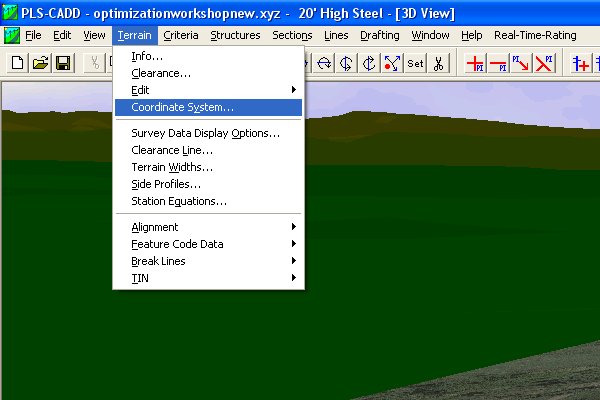

Some data is from OpenStreetMap, which has its own open license. The dataset as a whole is licensed under the Creative Commons Attribution license, meaning that you can use them for any purpose you want as long as you credit. Can I Use These Files?Ībsolutely! That’s why they’re here. I graduated from Wheaton College, Illinois (2000), where I took a class that involved some Bible geography (in addition to traveling to many of the places listed), as well as a number of geology courses, but that’s it. I don’t have any special qualifications, only a lot of free time. For example, Abdon has over 20 sources attesting to its location.

The sources for individual locations appear on their respective pages. Read a high-level overview of this project. This project (1) comprehensively identifies the possible modern locations of every place mentioned in the Bible as precisely as possible, (2) expresses a data-backed confidence level in each identification, and (3) links to open data to fit into a broader data ecosystem. Todd Bolen has done a fantastic job taking and collating photos. I recommend for professional-quality photos of places in the Holy Land. For example: see Beersheba, Megiddo, and Miletus. These hand-selected photos primarily come from Wikimedia Commons. Sorry!) PhotosĪbout 1,000 photos of places in the Bible. Overlays for Google Earth let you see how maps of ancient and modern Jerusalem fit satellite imagery.ĭownload a KML with outlines of the most of the bodies of water in the Bible. The atlas lists all the places alphabetically, complete with thumbnails, verses, and photos (when available). Use Google Earth to open KML and KMZ files.


 0 kommentar(er)
0 kommentar(er)
